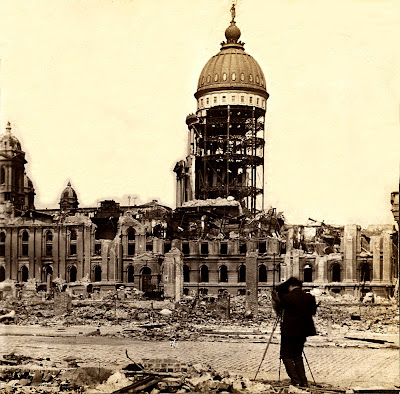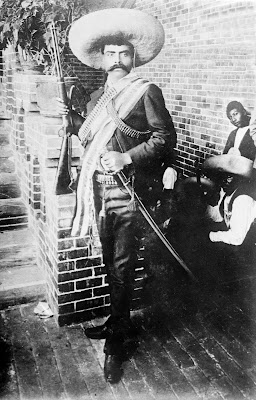The third night the sisters went again to the ball. Then Cinderella said again to the hazel tree:
"Rustle and shake, Dear little tree!
For the king's ball, Once more dress me."
Down came a dress more beautiful than either of the others. With it was a pair of little glass slippers, the prettiest ever seen.
Cinderella, more lovely than ever, was the queen of the ball. The prince danced with her only, and he gave no one else a chance even to speak to her. "I will follow her tonight and see where she lives," he thought.
But she went like the wind, and was soon lost to sight. As she ran, however, she dropped one of her little glass slippers. The prince picked it up, and took it home.
The next morning he sent for a faithful servant.
"Take this slipper," he said, "and find the maiden to whom it belongs. She and she only shall be my bride."
The servant went from house to house with the slipper, but he found no one who could wear it. At last he came to Cinderella's home.
"Whoever can wear this slipper shall be the prince's bride," he said. The stepsisters were glad to hear this, for both had small feet. First, the older went into her mother's room and tried to put on the slipper. She could have worn it if her great toe had not been too large. Her mother handed her a knife, and said, "Cut off your toe, my daughter. When you are the prince's bride, you will not need to walk."

So the girl cut off her toe, and squeezed her foot into the slipper.
"I am ready now to go to the prince," she said to the servant.
But when they came to the hazel tree, the servant heard the dove singing: —
"At your side, at your side, There's blood in the shoe;
This is the wrong bride, At home is the true."
He looked down, and saw that the slipper was indeed full of blood. So he led the maiden back, and handed the slipper to the sister to try. She went into her mother's room to put it on, but she could not get it over her heel.
"Cut a piece off your heel," said her mother. "When you are the prince's bride, you will not need to walk."
So she cut a piece off her heel, and
squeezed her foot into the slipper. Then she went out to meet the prince. But as they passed the hazel tree, the servant heard the dove sing: —
"At your side, at your side, There's blood in the shoe;
This is the wrong bride, At home is the true."
He looked down, and saw blood trickling from the slipper. So he went back to the house, and the king's son went with him.
"Have you no other daughter?" said the prince.
"None," said the father, "except little Cinderella, the daughter of my first wife. She is so smutty that I am ashamed for you to see her."
But the prince would have his way. Cinderella was called, and she came in her poor rags. She bowed low to the prince as she took the slipper from his hand. Then she sat down on a stool. She pulled off her wooden shoe, and put on the slipper with all ease. Then the prince looked full in her face. It was the face of the beautiful maiden with whom he had danced.
"Ah, this is the right bride," he cried.
Then he took Cinderella on his horse, and rode away. As they passed the hazel tree, the little dove sang: —
"At your side, at your side, No blood's in the shoe;
This is the right bride; Coo, coo"
--------------------------------------------------
Title: Grimm's Fairy Tales, Graded supplementary reading series, Volume 2374 of Harvard reading textbooks preservation microfilm project. Illustration by Robert Anning Bell l ( April 14, 1863 – 1933) English artist and designer.
Authors: Jacob Grimm, Wilhelm Grimm. Editor: Edna Henry Lee Turpin. Publisher: Maynard, Merrill, 1903. Original from: Harvard University. Digitized: Mar 23, 2007. Length: 207 pages. Subjects: Fairy tales Readers (Elementary)
This IMAGE (or other media file) is in the public domain because its copyright has expired.This applies to the United States, where Works published prior to 1978 were copyright protected for a maximum of 75 years. See
Circular 1 "COPYRIGHT BASICS" PDF from the U.S. Copyright Office. Works published before 1923 (in this case 1903) are now in the public domain.
This file is also in the public domain in countries that figure copyright from the date of death of the artist (post mortem auctoris), in this case Robert Anning Bell ( April 14, 1863 – 1933), and that most commonly runs for a period of 50 to 70 years from December 31st of that year.
TEXT CREDIT:
Grimm's Fairy Tales










































